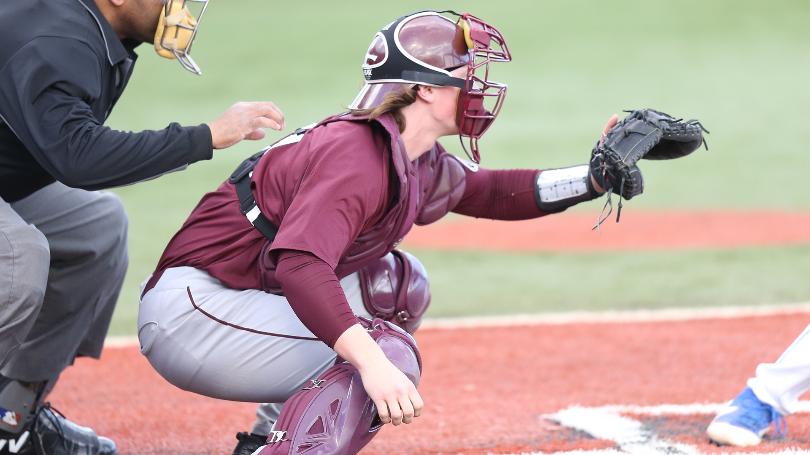
What’s the most important attribute a young catcher can possess? Certainly, having physical tools to play the position are important - a strong arm, flexible hips, and soft hands are valuable assets. Being a good offensive player is always a plus. But perhaps the most teachable and important ability that a catcher needs is understanding the importance of playing the position and what his responsibilities are.
I always wanted to catch. I remember reading baseball books, watching highlight videos and developing an admiration for Johnny Bench. I remember reading a comment that he made about his thought process on being a catcher, that he had more opportunities to have a good day at the park than anyone else did. He could call a good game, throw runners out, manage the staff, have a good day at the plate, along with many other aspects of the game. I really thought that was an interesting way to look at playing the most difficult position on the baseball field.
Most young kids today don’t want to catch and that might be because of a couple reasons. The first is that it’s hard! The best players on many youth teams don’t often catch, as that position’s impact on the game is not as significant as shortstop of center field, for example.
Because of this, many high school coaches find themselves in a quandary when it comes to their search for players that have the ability and the willingness to fill this crucial position. We’ve all seen a team that needs to throw someone behind the plate who can be serviceable, a player who may have some physical attributes needed to play the position but hasn’t been prepared with many of the intangibles.
The importance of developing catchers must be a focus at the youth/middle school level. Even if a player doesn’t catch before high school, they should understand the importance and responsibility of the position.
Most good high school athletes will have the ability to develop their physical skills and be able to play at that level. What do we need to emphasize mentally to players before and during the time they are in high school?
- The catcher has the most responsibility of any player on the field. Assuming there is a pitching change or two during the course of the game, the catcher will touch the ball more than anyone else on the field.
- He needs to be able to compartmentalize his responsibilities; defense needs to be separated from offense more than any other position.
- It is a tough position to play- often times we don’t see serviceable catchers at the high school level- they stick out as being either very good or not very good.
Let your players know that having a good catcher is crucial to the team’s overall success. Create a sense of pride in playing the position. Engage players in understanding important aspects of the game that aren’t as noticeable such as pitch calling and game planning for line-ups. When a player earns responsibility, it leads to them being more accountable on the field. As coaches, we need to give players the opportunity to earn responsibility.
We all have coached players where less information is better. Unfortunately, a good catcher isn’t afforded this luxury. There is always a difference in how successful your team will be at the high school level based on your catcher’s mental makeup, physical abilities, and commitment to the position. You can throw a kid behind the plate who is a good athlete but isn’t committed to the position and he could still help your team have success. As stated earlier there are physical attributes that are simply just needed to be successful behind the plate – but I’ll take the committed player who’s engaged mentally to play catcher every time. That is something that is teachable and coachable but takes commitment from us as coaches.
Andy Cowley is the former Head Coach at River Valley (Wi.) High School and Wisconsin Heights High School. He has also worked part-time at several other high schools in Wisconsin. Cowley has also worked in the youth and travel baseball environments, and has experience at Madison College (NCAA Division II) in Wisconsin and with private instruction.